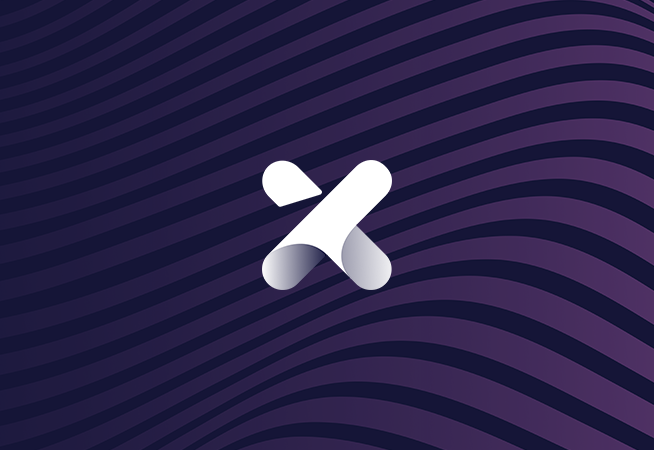26 July 2022
4 Min Read

A robust reporting function is a critical component of a learning management system (LMS) or learning experience platform (LXP).
According to a report from EY on the ever-growing importance of L&D on the future of work, “data can be a game changer within the functioning of corporate L&D and help the function earn their spot as a strategic partner.”
Industry analyst Josh Bersin also speaks to the importance of reporting in L&D. In a research paper from 2020 on adaptive learning, Josh states “the depth and ability to continually assess, learn, and act changes the game for how learning departments will operate and make investment decisions. It allows the organization to make faster, better, and more effective decisions.”
If your company has a learning and development program in place, you’ll likely want to gauge the results of training efforts periodically or on an ongoing basis. Without the right data, it can be difficult or even impossible to determine if your company’s approach to learning and development is working. Robust reporting within a learning platform empowers L&D teams to gather data about things that truly matter to the business, such as how training improves performance and productivity.
Here are some ways L&D teams can leverage reports:
Track Progress
Reports help L&D teams automatically keep track of which employees have completed training, performance, and progress toward business objectives—and instantly access that information whenever needed. Admins and managers can create reports to track status, performance, scores, registrations, results, and more for specific employees, groups of employees, or across the entire organization.
Demonstrate Why Learning Matters
Utilized correctly, reports can help L&D professionals illustrate why learning and development matters and optimize training across the board. A learning platform with robust reporting capabilities can help you uncover deeper analysis about your training efforts which truly matter to your business.
If you’ll be sharing insights about your company’s training programs with HR, finance, sales, or other executives and stakeholders, you’ll want to provide meaningful data and metrics that showcase the value of your L&D efforts. For this level of analysis, a simple look into course completion rates likely won’t suffice—you’ll also want to share information about how training improved specific skill sets among employees, boosted operations, and impacted the bottom line.
Improve L&D Strategy
Reports about learning and development programs can help businesses identify what’s working and what isn’t, then adjust training programs to be more effective. For example, data might show that despite completing multiple hours of training on a particular topic, employees still fall short on certain required skills when observed. This might prompt an L&D team to consider how the training is delivered (live, in-person instruction or virtual courses) and the format of specific resources (perhaps videos would work better than written documents to demonstrate certain processes)—and make the necessary adjustments.
The Schoox Difference
The right learning platform will make it easy for L&D professionals to pull data about specific individuals, as well as at the team or organizational level. Without a built-in reporting function, some L&D teams resort to manual tracking or exporting user data into another tool to analyze results. This process is both time consuming and less effective than having the information consolidated and readily available within the platform itself.
Some reports you can create in Schoox include the courses report, in-class training report, and members report.
With Schoox, you can easily leverage pre-built reports or customize them to generate a consolidated view of information about courses or curricula, scores or training results, individual users, various groups of users, content, and more. Reports can be exported or set up as recurring, scheduled in advance, or created on an ad-hoc basis. Schoox seamlessly integrates with leading HRIS and other HR software platforms, so pertinent data about your users always remains in sync with the learning and performance metrics gathered by Schoox.
Some L&D professionals struggle with reports because their company’s learning platforms aren’t flexible enough to change how users, or different groups of users, are associated with one another. This leads to inaccurate or incomplete data which isn’t necessarily useful. Schoox can be configured to reflect the unique organizational structure of any business, and user permissions can be adjusted to ensure the right people have access to the information they need — which makes reporting much more effective overall.
A regional training manager, for example, might need to access reports detailing which users are enrolled in which courses across multiple franchise locations while another may only need information about a specific group of learners. With Schoox, L&D teams can easily customize user permissions, compare metrics across different groups, and segment data in a way that makes sense for specific business units.
What’s New in Q2 2022?
We recently simplified reporting in Schoox by migrating all reports — both scheduled and standalone — into Report Builder. Now admins and managers can access current and archived reports, as well as options to create new ones, all in one place. We also improved the backend engine that powers reports, making the function more efficient overall.
Admins and managers now have access to all recurring, scheduled, and ad-hoc reports in Report Builder.
Learn more about all the updates we made to the Schoox platform this quarter here.
RELATED RESOURCES



